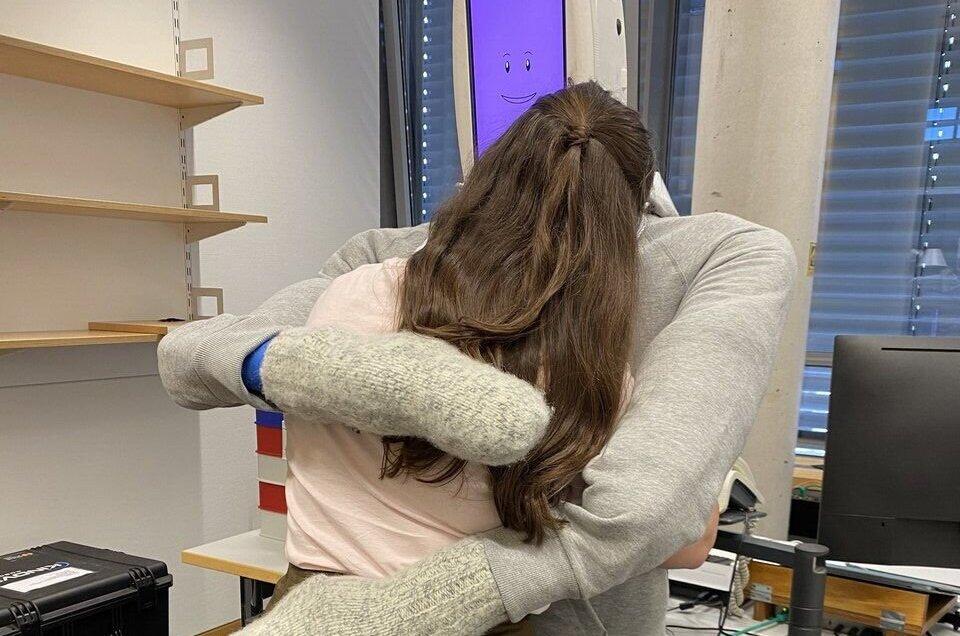Hugging and emotions are rarely the first things that come to mind when we think of technology and robots, yet the Max Planck Institute created a robot that can provide perfect hugs. Alexis E. Block and her colleagues have been working on his hug bot project for many years, and they have now built HuggieBot 3.0, which can provide hugs like actual human beings, pleasant and natural, for those who are lonely or who want to hug someone who isn’t around.
Using feedback from 512 real people across 32 sessions, the team built a machine-learning system that can recognize and categorize a range of actions made during a hug and react accordingly. When squeezing someone, the HuggieBot 3.0 may tap or pat their back, move slightly vertically, remain steady, and apply varying amounts of pressure.
“Instead of maximizing user acceptance for each robot gesture, which would result in the robot only squeezing the user, our behavioral algorithm balances exploration and exploitation to create a natural robot and spontaneous that provides comforting hugs,” the team behind HuggieBot 3.0 wrote in a recent study.
HuggieBot 2.0 improved the idea by including haptic sensing to provide adaptive embracing, but the 3.0 iteration is the most advanced yet, with five additional hugging commandments designed to provide a human-like hugging experience.

In a recent experiment with 16 individuals who had previously tried prior versions of the HuggieBot, 12 of those who hugged the robot for extended periods of time claimed the machine seemed “far better understood” and was “nicer to embrace” than previous iterations.
HuggieBot 3.0 isn’t flawless, and the designers admit that it’s not exactly like embracing a real person just yet, but a fourth version with improved hug positions and techniques is already in the works. They hope that HuggieBot will one day precisely capture the experience of getting a human hug.


